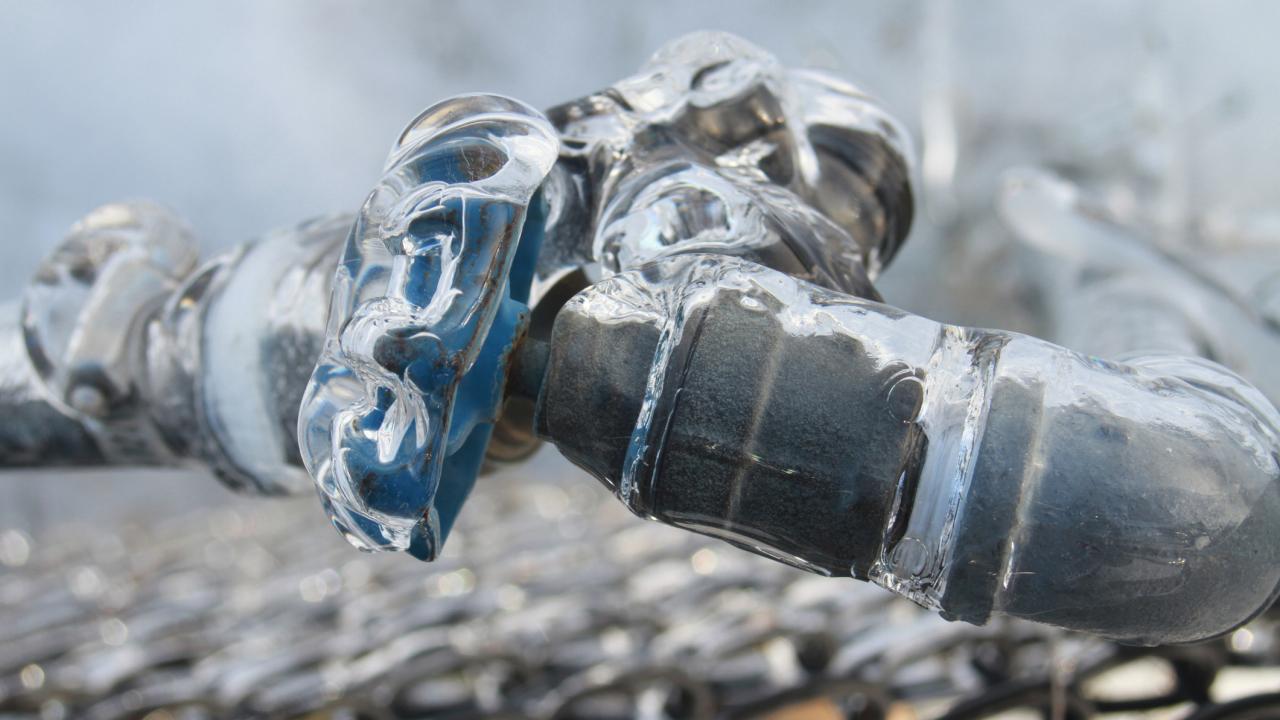Tips to Keep Your Pipes from Freezing Issues: Crucial Guidance
Tips to Keep Your Pipes from Freezing Issues: Crucial Guidance
Blog Article
What're your thoughts regarding Prevent Frozen Pipes ?

Cold weather can wreak havoc on your pipes, especially by freezing pipes. Here's how to avoid it from occurring and what to do if it does.
Intro
As temperatures decline, the risk of frozen pipelines increases, potentially causing pricey repair work and water damages. Recognizing just how to prevent icy pipelines is important for homeowners in chilly environments.
Understanding Frozen Pipes
What creates pipelines to freeze?
Pipelines freeze when revealed to temperatures listed below 32 ° F (0 ° C) for prolonged durations. As water inside the pipes freezes, it broadens, taxing the pipeline walls and potentially triggering them to rupture.
Dangers and problems
Frozen pipes can result in supply of water interruptions, building damages, and costly fixings. Ruptured pipes can flooding homes and trigger comprehensive structural damage.
Signs of Frozen Piping
Determining frozen pipelines early can prevent them from breaking.
Exactly how to recognize frozen pipelines
Try to find decreased water circulation from faucets, uncommon smells or noises from pipelines, and noticeable frost on exposed pipes.
Prevention Tips
Insulating at risk pipelines
Cover pipelines in insulation sleeves or make use of warm tape to shield them from freezing temperature levels. Focus on pipelines in unheated or exterior locations of the home.
Heating techniques
Maintain indoor spaces adequately heated, particularly locations with pipes. Open up closet doors to permit cozy air to distribute around pipelines under sinks.
Securing Exterior Pipes
Yard pipes and outside taps
Detach and drain yard pipes before wintertime. Set up frost-proof spigots or cover exterior taps with protected caps.
What to Do If Your Pipes Freeze
Immediate actions to take
If you believe frozen pipelines, keep faucets open up to relieve stress as the ice thaws. Use a hairdryer or towels taken in warm water to thaw pipes slowly.
Long-Term Solutions
Architectural adjustments
Think about rerouting pipelines far from outside walls or unheated locations. Add added insulation to attics, cellars, and crawl spaces.
Upgrading insulation
Buy high-grade insulation for pipes, attic rooms, and wall surfaces. Appropriate insulation helps keep consistent temperatures and reduces the danger of frozen pipes.
Conclusion
Preventing frozen pipelines calls for proactive measures and quick actions. By understanding the causes, signs, and preventive measures, house owners can secure their pipes throughout winter.
5 Ways to Prevent Frozen Pipes
Drain Outdoor Faucets and Disconnect Hoses
First, close the shut-off valve that controls the flow of water in the pipe to your outdoor faucet. Then, head outside to disconnect and drain your hose and open the outdoor faucet to allow the water to completely drain out of the line. Turn off the faucet when done. Finally, head back to the shut-off valve and drain the remaining water inside the pipe into a bucket or container. Additionally, if you have a home irrigation system, you should consider hiring an expert to clear the system of water each year.
Insulate Pipes
One of the best and most cost-effective methods for preventing frozen water pipes is to wrap your pipes with insulation. This is especially important for areas in your home that aren’t exposed to heat, such as an attic. We suggest using foam sleeves, which can typically be found at your local hardware store.
Keep Heat Running at 65
Your pipes are located inside your walls, and the temperature there is much colder than the rest of the house. To prevent your pipes from freezing, The Insurance Information Institute suggests that you keep your home heated to at least 65 degrees, even when traveling. You may want to invest in smart devices that can keep an eye on the temperature in your home while you’re away.
Leave Water Dripping
Moving water — even a small trickle — can prevent ice from forming inside your pipes. When freezing temps are imminent, start a drip of water from all faucets that serve exposed pipes. Leaving a few faucets running will also help relieve pressure inside the pipes and help prevent a rupture if the water inside freezes.
Open Cupboard Doors
Warm your kitchen and bathroom pipes by opening cupboards and vanities. You should also leave your interior doors ajar to help warm air circulate evenly throughout your home.

We hope you liked our part on Prevent Frozen Pipes . Thank you for taking time to read through our blog post. Do you know about another person who is excited about the subject? Be sure share it. I recognize the value of your readership.
Click Here Report this page